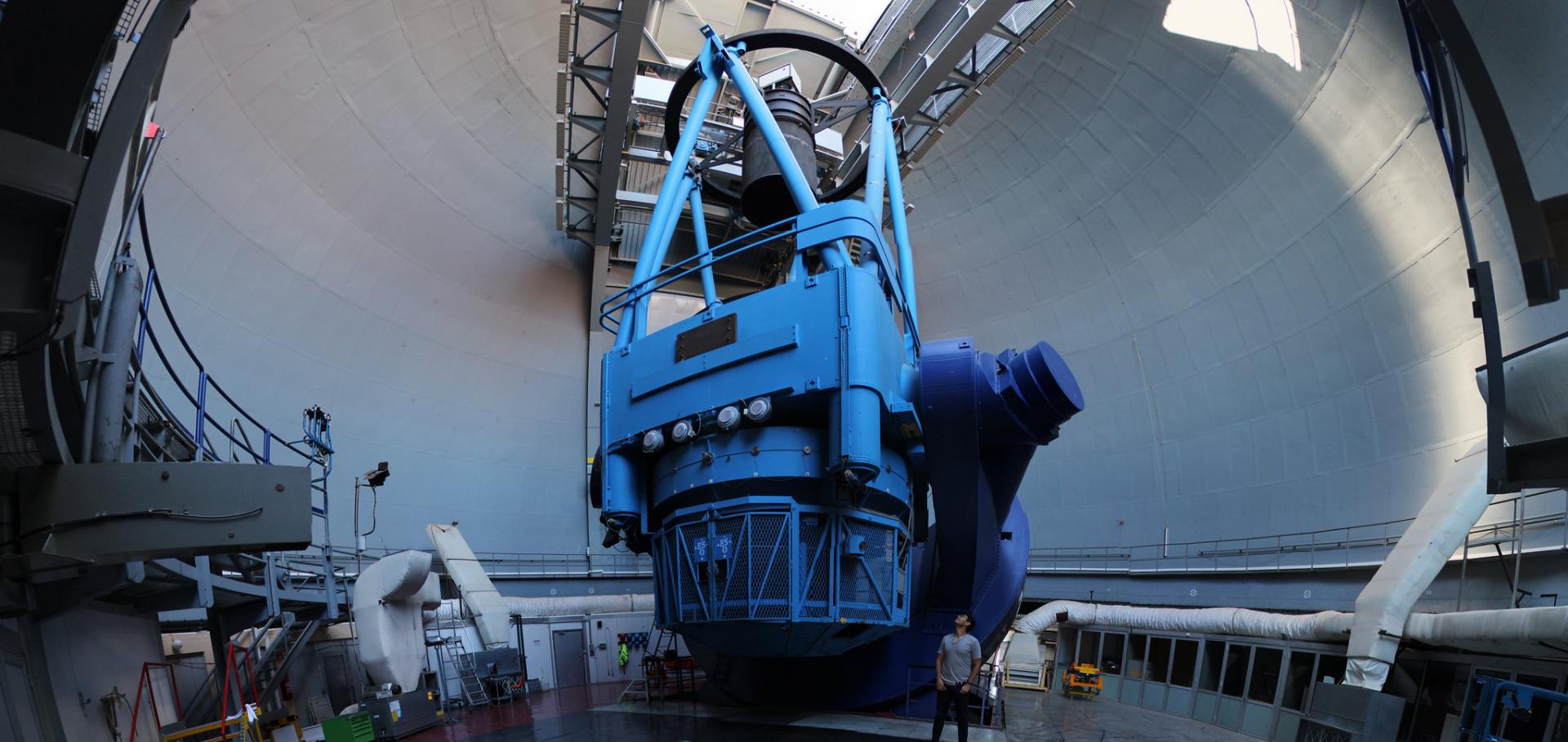Detecting general relativistic orbital precession in transiting hot Jupiters
Monthly Notices of the Royal Astronomical Society Oxford University Press (OUP) 505:2 (2021) 1567-1574
TESS re-observes the young multi-planet system TOI-451: refined ephemeris and activity evolution
Research Notes of the American Astronomical Society American Astronomical Society 5:3 (2021) 51
Abstract:
We present a new analysis of the light curve of the young planet-hosting star TOI 451 in the light of new observations from TESS Cycle 3. Our joint analysis of the transits of all three planets, using all available TESS data, results in an improved ephemeris for TOI 451 b and TOI 451 c, which will help to plan follow-up observations. The updated mid-transit times are BJD–2,457,000 = ${1410.9896}_{-0.0029}^{+0.0032}$ , ${1411.7982}_{-0.0020}^{+0.0022}$, and ${1416.63407}_{-0.00100}^{+0.00096}$ for TOI 451 b, c, and d, respectively, and the periods are ${1.8587028}_{-10e-06}^{+08e-06}$, ${9.192453}_{-3.3e-05}^{+4.1e-05}$ , and ${16.364932}_{-3.5e-05}^{+3.6e-05}$ days. We also model the out-of-transit light curve using a Gaussian Process with a quasi-periodic kernel, and infer a change in the properties of the active regions on the surface of TOI 451 between TESS Cycles 1 and 3.Planet Hunters TESS II: Findings from the first two years of TESS
Monthly Notices of the Royal Astronomical Society 501:4 (2021) 4669-4690
Abstract:
© 2021 2020 The Author(s) Published by Oxford University Press on behalf of the Royal Astronomical Society. We present the results from the first two years of the Planet Hunters TESS (PHT) citizen science project, which identifies planet candidates in the TESS (Transiting Exoplanet Survey Satellite) data by engaging members of the general public. Over 22 000 citizen scientists from around the world visually inspected the first 26 sectors of TESS data in order to help identify transit-like signals. We use a clustering algorithm to combine these classifications into a ranked list of events for each sector, the top 500 of which are then visually vetted by the science team. We assess the detection efficiency of this methodology by comparing our results to the list of TESS Objects of Interest (TOIs) and show that we recover 85 per cent of the TOIs with radii greater than 4 R and 51 per cent of those with radii between 3 and 4 R. Additionally, we present our 90 most promising planet candidates that had not previously been identified by other teams, 73 of which exhibit only a single-transit event in the TESS light curve, and outline our efforts to follow these candidates up using ground-based observatories. Finally, we present noteworthy stellar systems that were identified through the Planet Hunters TESS project.CHEOPS observations of the HD 108236 planetary system: a fifth planet, improved ephemerides, and planetary radii★
Astronomy & Astrophysics EDP Sciences 646 (2021) a157
A planetary system with two transiting mini-Neptunes near the radius valley transition around the bright M dwarf TOI-776★
Astronomy & Astrophysics EDP Sciences 645 (2021) a41



